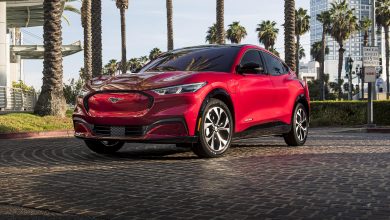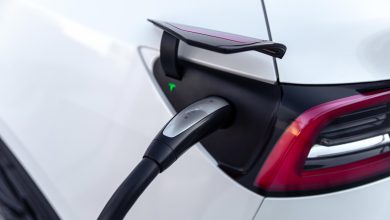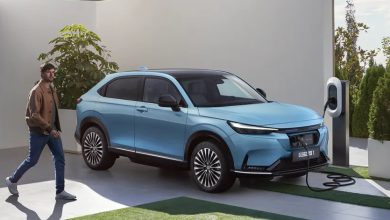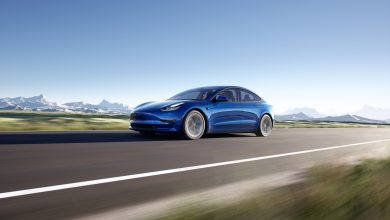Could electric vehicles save the future of the transport sector?
EV NewsThe importance goes beyond passenger cars
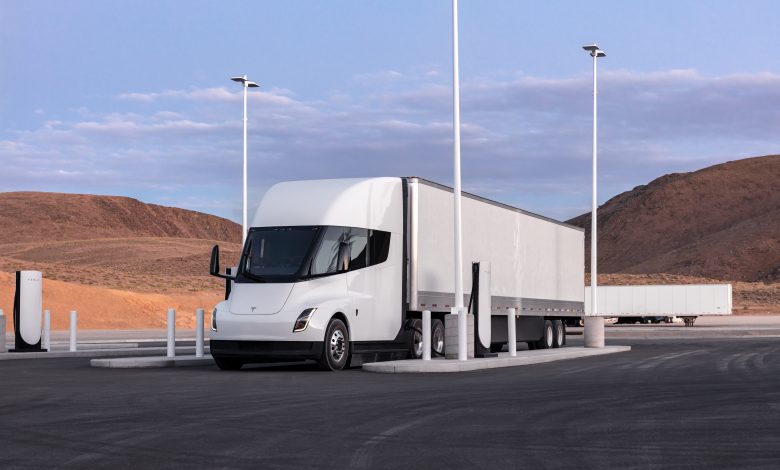
Today, the electric vehicle revolution does not only involve passenger cars, but also a variety of service vehicles including all sizes of trucks, transit buses, and heavy tractors partially or fully powered by electric motors. Since most heavy machines still cannot depend entirely on electricity to perform all tasks, a variety of power storage and generation modes have been incorporated.
EVs are often classified into three broad categories depending on their modes of electrical power generation and storage. They are as follows;
- The exclusive battery-powered electric vehicles. These store electrical charge in batteries which then is used to power the vehicles
- The plugin hybrids which are characterized by a composite use of electric motors and gasoline or diesel. They possess relatively large power storage batteries which derive their charge either through conventional charging or from the power generated by gas.
- The third category is the fuel cell vehicles which utilize a chain of chemical reactions involving the splitting of hydrogen atoms which then generates the required electrical charge for moving the electric motors.
Even though most people still view fossil fuels as the most reliable energy for the transport sector, it can be projected that they’ll soon cease to exist since it is a non-renewable energy resource and is currently facing overexploitation by profit-oriented capitalists. On the other hand, the use of electricity stored in batteries has proved to be the immediate replacement for petroleum, as it is not only a renewable energy source but also a means with which humans could move towards achieving a clean earth by reducing carbon footprints and eliminating possible emissions into the atmosphere that triggers climate change.
States are currently enacting measures of ensuring that charging systems for electric vehicles are available everywhere. In some states like California, charging systems have been made a reality to the extent that you can charge at home, at the store, at work, or even by roadside charging stations. By the onset of the first quarter budgeting on infrastructure, California allocated a budget of up to one billion USD for the installation of charging infrastructure for electric vehicles, implying that the electric vehicle revolution is taking a considerable toll.
If you happen to travel from New York to Mississippi, there is a 50 percent chance that you would find yourself in a modern serene electric transit bus that charges relatively affordable costs and helps you reach your destination in time. In countries like China, the government allocates billions of dollars to private companies to enhance the manufacturing of electric vehicles, this includes leverages placed on individual purchases of electric cars. As of the second quarter of 2021, the move to ban fuel guzzlers in the UK had already begun, and going green has been the movement thenceforth, China being one of the leading pollutants across the globe, had to follow suit on ensuring that the transport sector shifts to the clean energy sources.
Going green should not be merely left in the hands of the activists, governments, and NGOs, but rather be a DIY task where everyone takes an active initiative in ensuring the current and future states of the climate is suitable not only for humans but also for biodiversity. Some of the measures that individuals should do are to create awareness within their city, among friends & neighbors, and utilize social media as a vessel for ensuring that carbon footprints are minimized. Some of the platforms that are facilitating the initiative include @RightToZero which you can follow on Twitter and other social media platforms.

